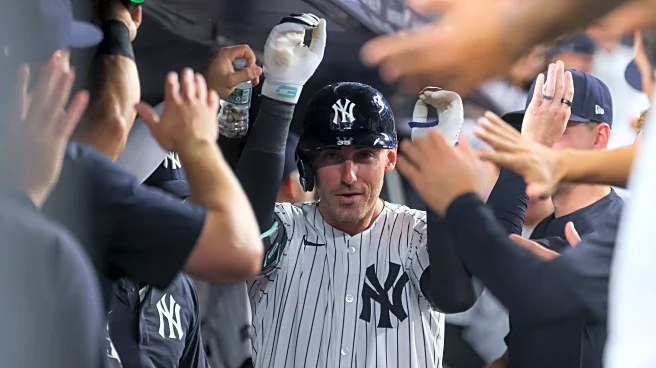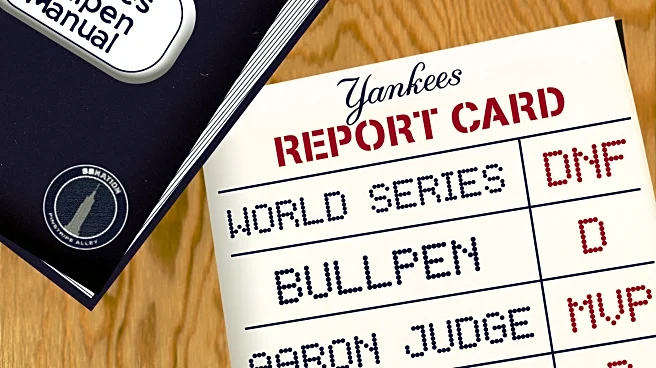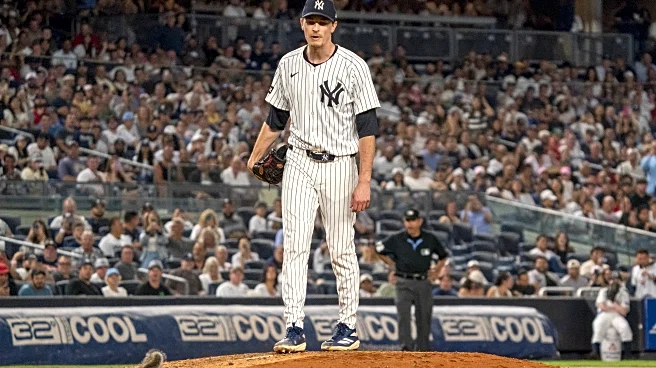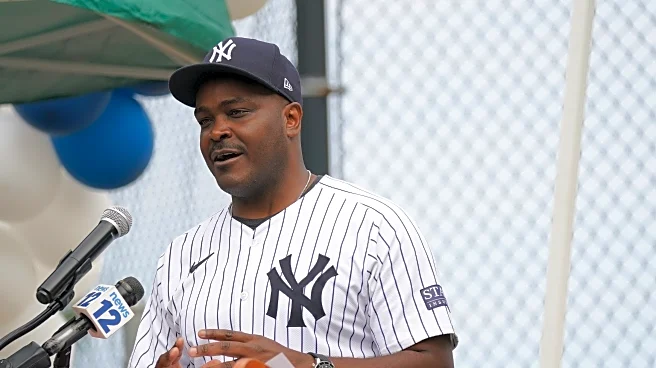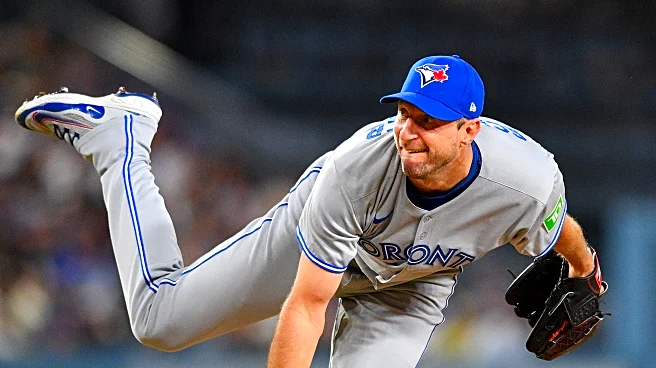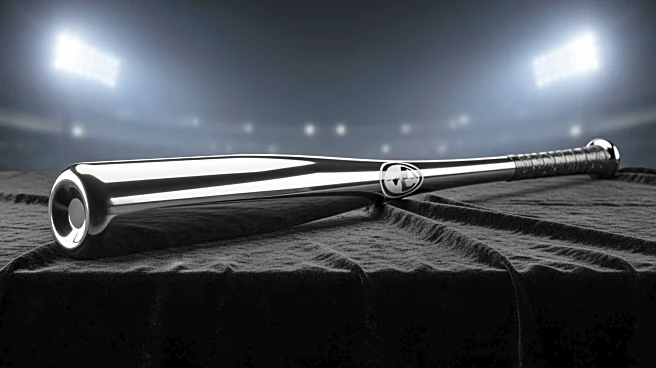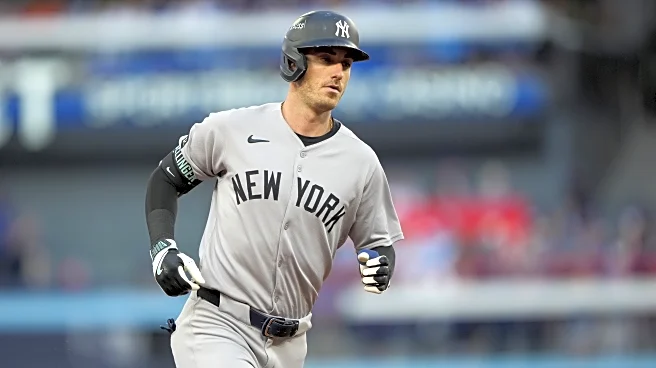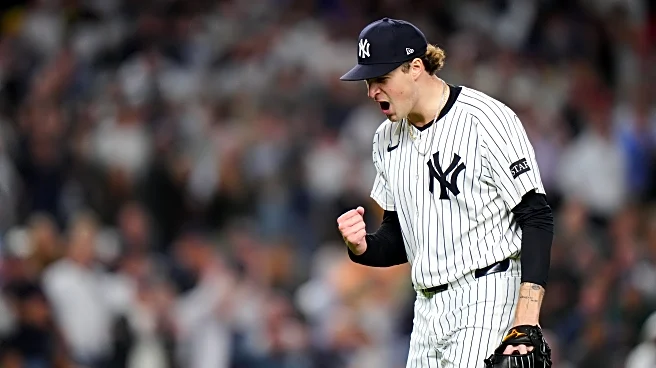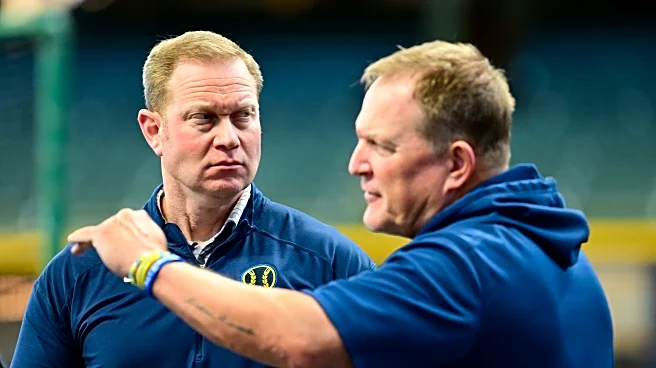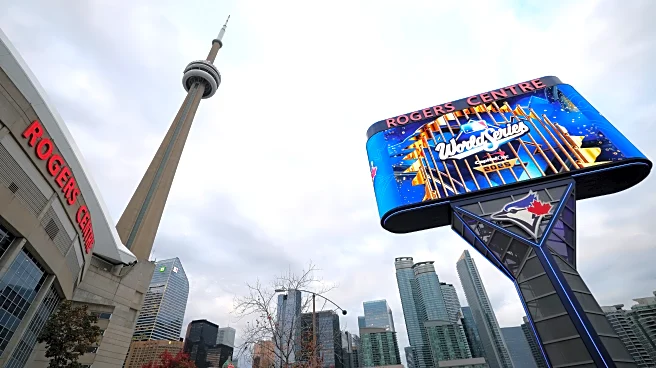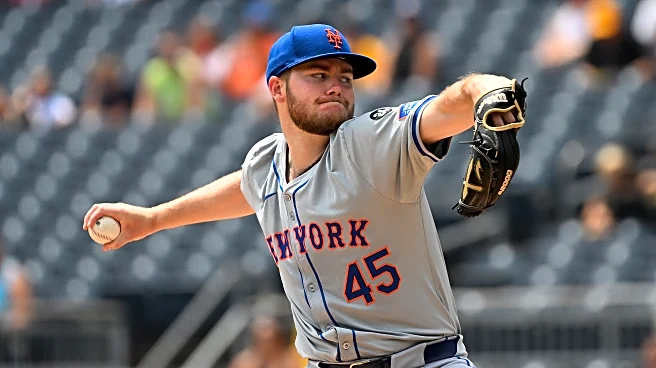Cody Bellinger was once a superstar; a Rookie of the Year-turned-MVP in his third season whose capabilities only seemed to be climbing higher and higher in LA. By the time he came to the Yankees last December
in a one-for-one deal with the Cubs for Cody Poteet, he had endured a steep multi-season decline and authored a prominent comeback all in the space of five seasons. Despite this, he was the odd man out in Chicago—what with Kyle Tucker, a hitter for whom the ‘superstar’ moniker still applied, arriving in a trade mere days earlier.
The Bombers, suddenly bereft of Juan Soto, were more than happy to bring Bellinger aboard as part of an effort to replace his production in the aggregate. Bellinger rewarded their decision by turning in his best season as an MLB player since taking home those MVP honors in 2019. He was a steady presence atop the order, as one of the seven Yankee regulars who eclipsed 20 home runs. Additionally, his defensive prowess and versatility allowed Aaron Boone to shuffle him around between outfield positions to fit whatever his roster situation called for. While Bellinger’s production in the playoffs, like many other Bombers, left much to be desired, he distinguished himself as one of the team’s most critical contributors throughout the full campaign.
Grade: A-
2025 Statistics: 152 games, .272/.334/.480, 29 HR, 98 RBI, 125 wRC+, +6 OAA, 4.9 fWAR
2026 Contract Status: Plans to decline player option, entering free agency
Bellinger had a sluggish April at the dish (.638 OPS) before quickly righting the ship and settling in as the regular third-place hitter beside Aaron Judge at the heart of the order. Fascinatingly, the generally platoon-neutral lefty transformed into a dominant force against same-sided pitching: hitting .353/.415/.601 against southpaws.
In recent years Bellinger displayed a keen ability to adapt to the way in which pitchers attack him; despite lacking elite bat speed or a particularly impressive hard-hit rate, he has become adept at making contact and finding the sweet spot. That approach made him tricky to evaluate heading into the season, but as he settled it was clear his bat was adding a new dimension to the Yankee lineup which it largely lacked last year: a hitter who could oscillate between aggression and patience while being tough as hell to strike out. His 13.7-percent K rate was the absolute best of any Yankee to suit up in 2025.
He was no mere slap hitter, however. Bellinger’s 29 home runs were the most he’d swatted in a campaign since—say it again with me—his MVP season in 2019. It’s worth noting since we brought up his excellence against lefties; Cody’s power mostly came against right-handed pitchers. And his swing, geared to pull balls in the air to right field, was right at home at Yankee Stadium.
Then there was his defensive acumen. Bellinger played 79 games in left field, 50 games in right field, 39 in center field, and four at first base for a lark. That positional distribution is about right for Bellinger, who had 15 defensive runs saved as a corner outfielder. As I noted in a piece about his defense in September, he doesn’t run elite routes to the baseball, but he possesses exceptional burst on his jumps in the field. He also possesses a killer left arm; racking up six outfield assists and dissuading countless other baserunners from taking the extra base.
While Bellinger has had his postseason moments throughout his career—most notably while winning a 2018 NLCS MVP and also during the Dodgers’ World Series title run in 2020—his overall playoff body of work has been subpar. That continued with the Yankees in 2025. Bellinger went 6-for-28 overall in the postseason with a homer and 4 RBI—not a complete vanishing act exactly, but he also made little impact on any individual game. His home run came during ALDS Game 2, long after the Blue Jays had seized complete control. October underperformance was certainly more of a team-wide problem, but, well, Bellinger was one of the team’s most important hitters, so a decent-sized portion of the blame for their ALDS exit goes his way.
Now, he and the Yankees are at a crossroads. Per multiple sources including ESPN’s Jorge Castillo, Bellinger plans to opt out of his $25 million player option for 2026 and enter free agency for the third time in his MLB career. His first trip to the free market came after the Dodgers non-tendered him 2022—the Cubs signed him to a one-year contract for 2023 and would take their time before re-signing him late in the winter right as camp opened in 2024. It was the kind of deal where neither the team nor the player deigned to make a true long-term commitment.
This foray into the free market will almost certainly be different for Bellinger. We’ll go into more detail on his case when we begin our free agent targets series later in the offseason, but Bellinger has put together a string of multiple above-average seasons, with this year in particular showcasing just how well-balanced and reliable a player he can be. If the Yankees wish to reunite with him, they will need to be comfortable with the idea of committing another hefty chunk of change to an outfielder north of 30—which the team has done several times in recent years with varying degrees of success.
Focusing exclusively on 2025, however, Bellinger was a terrific contributor to a 94-win team. He reached heights on the field which he had not attained since that spectacular 2019 campaign, acting as the Yankees’ security blanket in the outfield and providing plenty of punch at the heart of the most potent offense in MLB.
